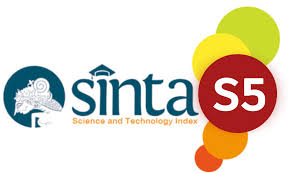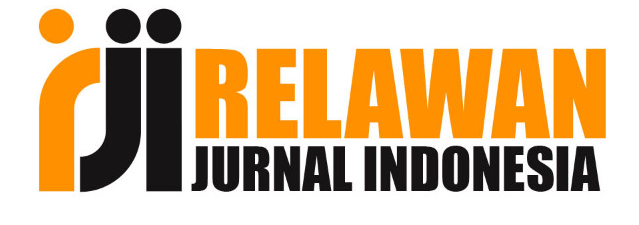THE USE OF PSRA AND QAR STRATEGIES TO IMPROVE TENTH GRADE STUDENTS' READING COMPREHENSION
DOI:
https://doi.org/10.36982/jge.v10i2.2531Keywords:
reading comprehension, narrative text, PSRA Strategy, QAR StrategyAbstract
The study's objectives were to determine whether or not there was any significant achievement on students' reading comprehension between students taught by PSRA Strategy, (2) whether or not there was any significant achievement on students' reading comprehension taught by QAR Strategy, and (3) whether or not there was any significant difference in students' reading comprehension achievement between students taught by PSRA Strategy and QA Strategy. The study's population consisted of all tenth grade students at SMAN 4 Kota Jambi during the academic year 2021/2022. The samples were collected by two classes, each with 32 students. This study used a quasi-experimental design with two groups of students. Cluster Sampling was used as a sampling technique. For In order to collect data, the test was given twice, once before and once after. The findings revealed that both the PSRA strategy and the QAR strategy had a significant impact on students' reading achievement in each class. Based on the data, it was discovered that the students' mean post-test score in the experimental group who were taught using the PSRA Strategy was 84.63 and the students' mean post-test score in the control group who were taught using the QAR Strategy was 79.70. However, based on the independent sample t-test analysis, the t-obtained (3.216) was found to be greater than the t-table (1.671), indicating that the null Hypothesis (Ho) was rejected and the alternative Hypothesis (Ha) was accepted. It indicates that there was a significant difference in students' reading comprehension achievement between those taught using the PSRA Strategy and those taught using the QAR Strategy. Furthermore, the students' score achievement when using the PSRA strategy is greater than the students' score achievement when using the QAR strategy. Finally, the PSRA strategy is more significant than the QAR strategy.
References
Anderson, M. & Anderson, K. (2003). Text types in English 2. Macmillan Education Australia PTY LTD.
Brashdi, A. B. (2002). Problem in English as a foreign language: problems & strategies.
Budiyanto, D. (2019). Using Peer Assisted Learning Strategy On Reading Comprehension Of Analytical Exposition. Jurnal Ilmiah Bina Edukasi, 12(01), 42-56.
Lougheed, L. (2007). Barron’s students’ #1 Choice TOEIC Test, Jakarta :BinarupaAksara.
McMillan, J. (2001). Research in education: Aconceptualintroduction. New York, 5th edition: Harper College Publisher.
Muzammil, S. (2016). QAR (question answer relationship) as an alternative strategy to teach reading. JL3T Journal of Linguistics, Literature & Language Teaching, 2(2), 101-123.
Rebecca, J. L. (2003). A Critical Handbook of Children’s Literatur.Massachuset: Pearson Education, Inc.
Richards, J. C. & Schmidt, R. (2010). Longman dictionary of language teaching and applied linguistic (4th edition).Harlow: Longman.
Tampubolon, D. P. (2008). Kemampuan membaca Teknik membaca efektif dan efisien.Bandung :Angkasa.
Vaughn, S. & Thomson, S. L. (2004). Research based methods of reading instruction: Grades K-3 Alexandria, VA: Association for Supervision and Curriculum Development.
Wallen, N.E. & Fraenkel, J. R. (2005). How to design and evaluate research ineducation. New York, NY: McGraw Hill, Inc.
Wolley, G. (2011). Reading comprehension :assissting children with learning difficulties. New York : Springer Science, Business Media.
Downloads
Published
How to Cite
Issue
Section
License
Global Expert: Jurnal Bahasa dan Sastra is published by Universitas Indo Global Mandiri and licensed under a Creative Commons Attribution-ShareAlike 4.0 International License.











